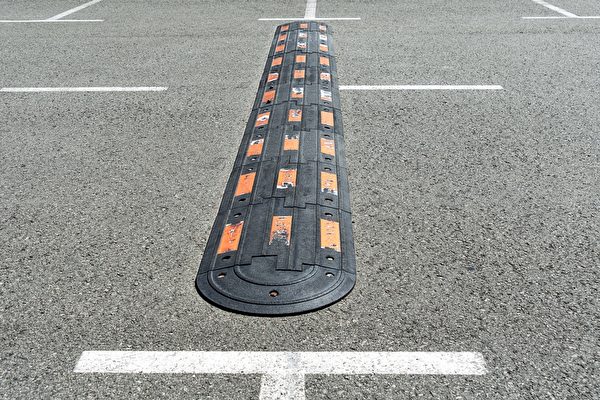Boston is implementing a three-year plan to install speed bumps in residential alleyways to reduce vehicle speed. The city’s goal is to install 500 speed bumps each year, and by the end of the project, at least half of the city streets will have this infrastructure.
According to the city government, these speed bumps are 3 inches high and 12 feet long, all constructed with asphalt. This initiative is a response to speeding issues. Most residential side streets in the city meet the criteria for speed bump installation, as long as they are not main roads, MBTA bus routes, hilly, or excessively curvy streets.
Jascha Franklin-Hodge, Boston’s Street Chief, stated that the purpose of installing speed bumps on numerous streets is to prevent drivers from selectively speeding on streets without speed bumps. Franklin-Hodge explained, “We are not just installing speed bumps on one street and pushing traffic to others; instead, we are installing them on a group of streets within the community so that anyone passing through a residential area will encounter speed bumps.”
Whether they like it or not, drivers should be prepared for speed bumps. Franklin-Hodge emphasized, “We are working to stabilize traffic in the community, making people feel comfortable and safe.”
Some residents of Boston have already noticed a difference. Jeff Power, a resident of Roslindale, told the media, “No one used to stop at the stop signs before, and it felt like a short-distance sprint for everyone. So, I think this is a significant improvement.”
However, some drivers believe that there is no need to install so many speed bumps. Aaron Lester, a driver, expressed to the media that while drivers need to slow down, this safety measure might be excessive. “It definitely brings some inconvenience when people need to get from one place to another,” Lester said.

